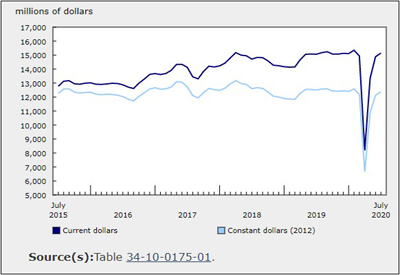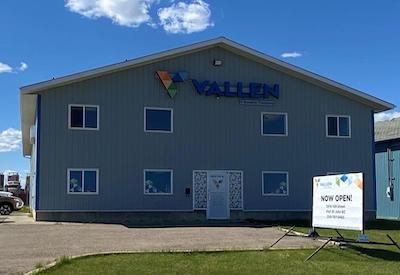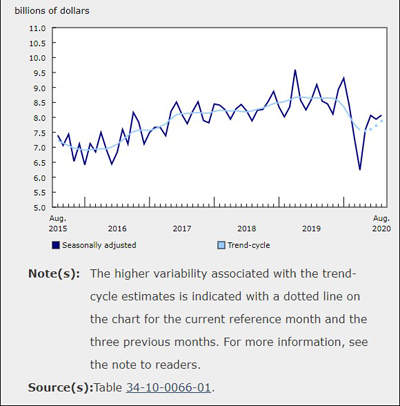Why COVID-19 Will Move Us to the Edge of the Network… Faster

July 8, 2020
By Ron Tellas
Over the past few months, we’ve all heard — and experienced — how COVID-19 fundamentally changed the way we live, learn and do business (no matter what business we’re in).
More doctors visits began to happen via telehealth. Junior high math classes studied linear equations on Zoom. The majority of corporate employees started connecting remotely from newly established home offices. Happy hours are taking place via video calls. With more of us at home, the demand for streaming services has increased as well, from Netflix and Disney+ to watching family weddings and graduation ceremonies from afar.
Meanwhile, many essential businesses, agencies and organizations continued operations as usual (either remotely or onsite), relying more heavily on 24/7 connectivity to share continuous updates and coordinate control efforts.
Even though many of us thought we were “mostly online” already, COVID-19 moved even more “things” and processes to our networks — and quickly. Although fewer devices may be connected to corporate networks right now, that doesn’t mean devices aren’t connected. Instead, they’re just connected in other locations, accessing corporate resources via the cloud, VPN or virtual desktop.
Akamai, a cybersecurity and cloud services company, has dubbed COVID-19 “an extraordinary period in internet history.” CEO Dr. Tom Leighton says it isn’t unusual for traffic to spike during holidays or during major sporting events, but never before has such a large increase lasted for so long.
Undoubtedly, the crisis reinforced the importance of reliable data centres and enterprise networks. They’re both involved every time we look at social media, order something online, tune into a Zoom meeting, email a document, or pay a bill online.
NCTA (the National Cable & Telecommunications Association) says that, among its members — including Cox, Comcast and Mediacom — the following U.S. metrics have been reported since March 1:
• downstream peak growth is up 9.7%
• upstream peak growth is up 23.6%
• Wi-Fi data traffic and Wi-Fi calling are both increasing
• Nnetworks are supporting more Wi-Fi-connected devices
It’s interesting to look at individual company reports as well: For example, Comcast says it has experienced a 32% increase in upstream traffic and 11% increase in downstream traffic since March 1. VoIP and videoconferencing usage are up 210% to 285%; VPN traffic is up 30% to 40%.
Getting data from point A to point B
Customarily, when data are needed, they are relayed to a data centre’s central network server. After the data are processed, instructions are sent to devices at the network edge (e.g., laptops, tablets).
Although this is a common setup, its approach can strain bandwidth; it takes time for data to get from one place to another. The act of transferring data and waiting for results — especially when the network is handling lots of other data — can slow down time-sensitive applications. In some cases, these delays may not be a big deal. In other cases, they could make a big difference.
When data processing happens closer to the user/source (closer to the location or device that needs or wants to consume the data), everything moves faster, whether it’s a robot on a factory floor, digital signage at a retail store, or an MRI machine in a hospital. Processing data at the edge of the network — also called edge computing — reduces the distance data travel, decreases congestion, and boosts performance and reliability of applications and services. Devices gather and process data in real time instead of first delivering it to a central server.
After what this experience has brought to light interms of our dependence on networks and data centers, finding ways to move data closer to the edge of the network will likely be considered in the future to reduce latency.
It all comes down to layer 0
As with anything related to data centers and networks, performance ultimately comes down to the cabling infrastructure. Your layer 0 – cable and connectivity – must be to maximize throughput and ensure uptime.
Today, this requires singlemode fibre (OS2) and multimode fibre (OM4) cable, as well as Category 6A solutions, to increase information capacity and bandwidth. As our reliance on connectivity only continues to increase, outdated cabling infrastructure will become more noticeable through network slowdowns, dropped connections and bottlenecks.
More than ever, it’s clear that a robust, reliable and high-performance infrastructure is needed to keep people connected to data — and to each other. It’s vital to remote work, online learning, emergency communications, healthcare and much more.
Belden has developed new fiber and Category 6A solutions in recent months that allow data centres and networks to create the robust, reliable and high-performance infrastructure we’re talking about — without compromising on performance or ease of use.











